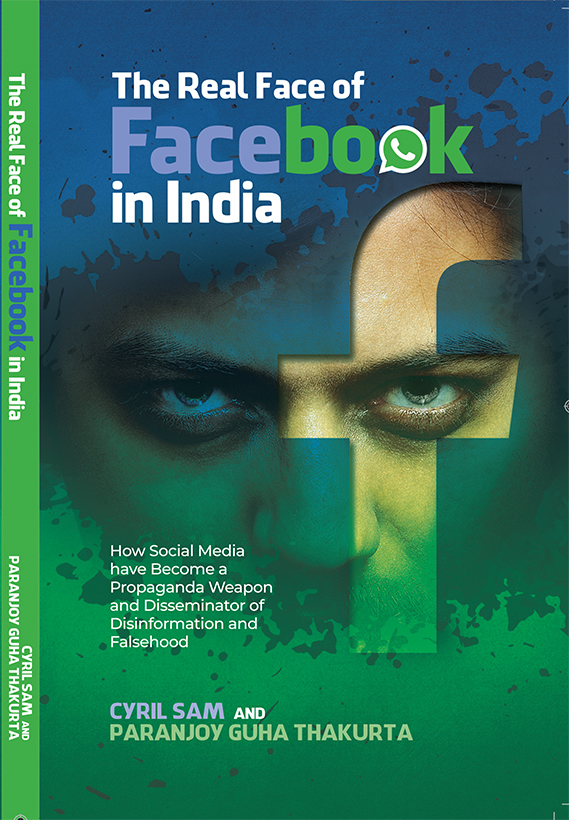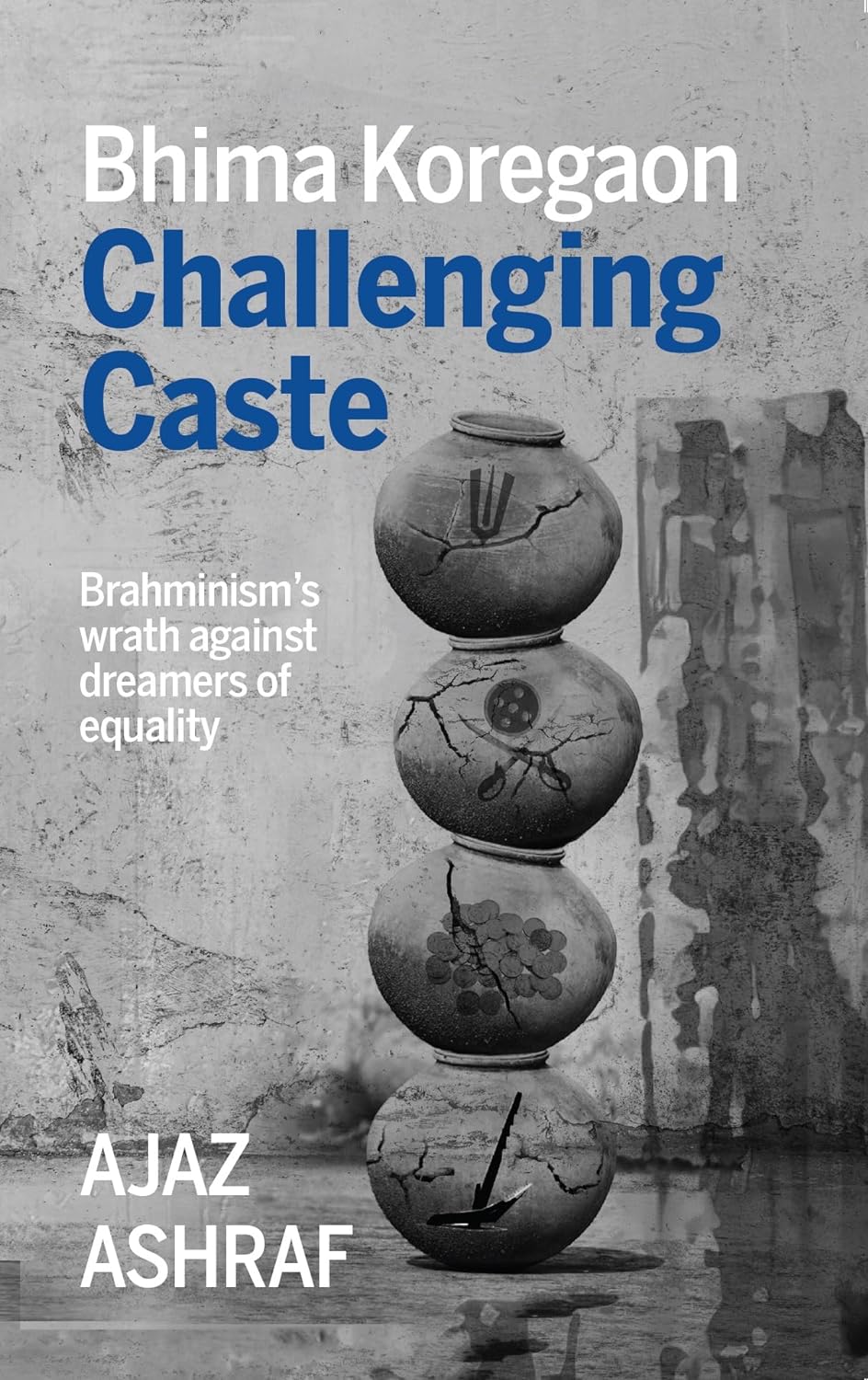Given the pathetic state of the Opposition in the country, it is not surprisingly that one discerns the beginning of a trend of political forces opposed to the Bharatiya Janata Party coming together. While there is a certain inevitability about this trend gathering momentum in the coming years, for the time being the BJP can glibly rest assured simply because of the sharp differences that exist between and among major non-BJP political parties.
With the BJP becoming the most prominent pole of the Indian polity, it may be useful to recall what happened when the Congress used to dominate the polity. The Congress, on its own or by controlling the ruling coalition, was in power for all but 12 years between August 1947 and May 2014. It should also be noted (as the BJP repeatedly reminds us) that during these four-and-a-half decades of Congress rule, a member of the Gandhi-Nehru family was either the Prime Minister or the de facto Prime Minister — if one may describe Congress president Sonia Gandhi in such terms against her wishes — for all but six years, that is, when Lal Bahadur Shastri and P.V. Narasimha Rao were heading the government.
Now that Prime Minister Narendra Modi has told us that he intends having a Congress-mukt Bharat, let us look back briefly at what happened in 1967, 1977, 1989 and 1996. After the fourth general elections in 1967, the political right and the left came together in large parts of north India to form coalition governments in states. It used to be said that for the first time, one could travel from Kolkata to Amritsar without going through a single Congress-ruled province.
After the Emergency in 1977, and again in 1989, because of the leadership provided by Jayaprakash (JP) Narayan and then Vishwanath Pratap Singh, anti-Congress political forces could come together despite their sharp ideological differences. The story was repeated in 1996, in the United Front governments headed by H.D. Deve Gowda and Inder Kumar Gujral, although both were not charismatic leaders who brought together anti-Congress forces. The current situation is very different.
While the BJP’s vote share jumped from 18.8 per cent to 31 per cent between 2009 and 2014, the vote share of the Congress came down considerably, from 28.55 per cent to 19.31 per cent. The first-past-the-post-winner-takes-all Westminster system of parliamentary democracy tends to exaggerate both victories and defeats alike. The Congress is weaker than it has ever been with 44 MPs. The left too has touched a nadir with barely 12 MPs and the newly formed Aam Aadmi Party has only four MPs.
What happens from here? As in the 1970s, Bihar has shown the way by demonstrating how anti-BJP forces can come together. Soon after the outcome of the elections was known in May 2014, old rivals Nitish Kumar of the Janata Dal (United) and Lalu Prasad Yadav of the Rashtriya Janata Dal forgot the past and forgave each other.
The Congress had no choice but to go along with them in an alliance that could try and match the BJP and its junior partners, including Ram Vilas Paswan’s Lok Janshakti Party. The new political configuration paves the way for a possible bi-polar contest when elections take place — the term of the Bihar Legislative Assembly gets over in late-November 2015.
In early-December, it was announced that besides the JD(U) and the RJD, four other political parties belonging to the Janata Parivar would be coming together. These are the Samajwadi Party led by Mulayam Singh Yadav with a base in Uttar Pradesh, the Janata Dal (Secular) led by former Prime Minister H.D. Deve Gowda which is present in Karnataka, the Indian National Lok Dal controlled by the Chautala family and the Samajwadi Janata Party, which had been set up by former Prime Minister Chandrashekhar. The last-named party is very small and the others did not evince interest in welcoming another constituent of the former Janata Party, that is, the Rashtriya Lok Dal led by former civil aviation minister Ajit Singh.
The task before Mr Mulayam Singh Yadav in bringing the old “socialists” together will be relatively simple as their geographical areas of presence do not overlap. The real difficulty will be to bring on board non-BJP parties that are fighting each other on the same turf. The SP and the Bahujan Samaj Party are unlikely to come together despite the fact that the BSP led by Mayawati chose not to put up candidates in the byelections in Uttar Pradesh that took place in August. Assembly elections in Uttar Pradesh are due in March-April 2017 and it seems unlikely that the two political opponents can come together even if both are confronted by a common adversary.
What is true for Mr Mulayam Singh Yadav and Ms Mayawati is equally relevant for rivals All-India Anna Dravida Munnetra Kazhagam (AIADMK) chief J. Jayalalithaa and Dravida Munnetra Kazhagam boss M. Karunanidhi as well as the Trinamul Congress and the Left Front. West Bengal chief minister Mamata Banerjee is preoccupied with the Saradha financial scandal, while Ms Jayalalithaa’s problems with the tax authorities are far from over.
The BJP government will certainly put pressure on various government agencies to keep the heat on these two women leaders of regional political parties as well as on Ms Mayawati who is facing a case of acquisition of assets disproportionate to known sources of income. As for Naveen Patnaik, the Biju Janata Dal he leads is currently in limbo as far as national politics is concerned, neither here nor there, even as anti-incumbency sentiments against his government slowly gather pace. This is to be expected since he has been chief minister of Odisha for nearly 15 years.
All these developments make the BJP considerably comfortable. The ruling party has different concerns, concerns about the differences between the so-called moderates and the hard-core votaries of Hindutva and those between the liberals and right-wing ideologues on economic policies. These differences are likely to pose bigger challenges for the Prime Minister. Mr Modi is hardly worried about the likelihood of anti-BJP political forces coalescing. He is busy ensuring that the hardliners in the Sangh Parivar do not embarrass him by spewing hatred against Muslims at a time when he is seeking to present an “inclusive” picture of his government.


